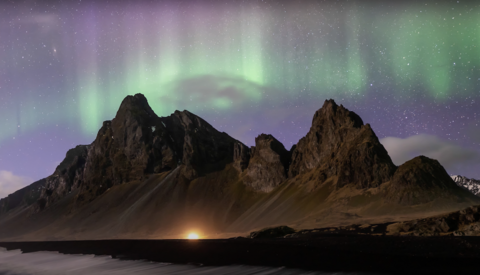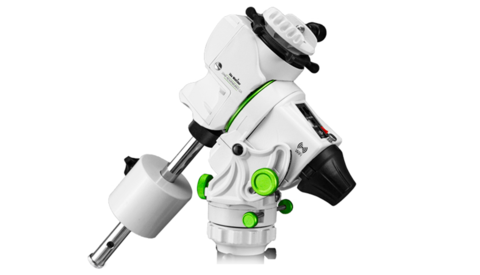How Astrophotographers Shoot (Very) Long Exposures
If you’ve viewed deep-sky astrophotos (not landscape astrophotos), you may have noticed that extremely long exposures (not counting mosaics) are used. In extreme cases, exposures may run over 12 hours. Unless you have a space telescope, it should be obvious that multiple exposures have been used.

















































